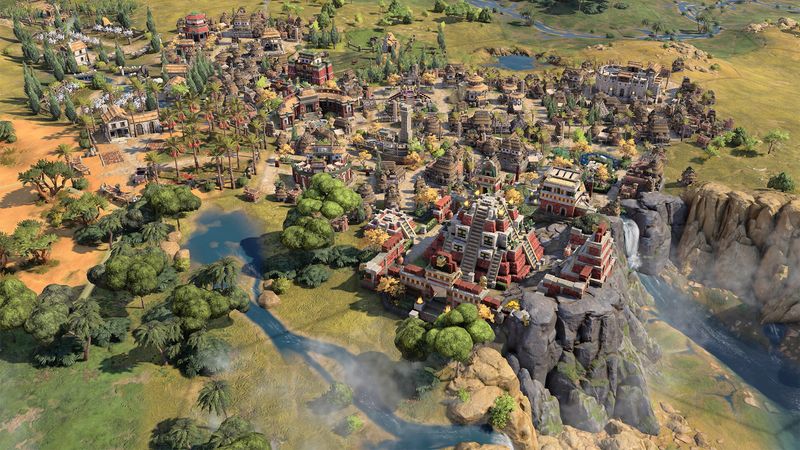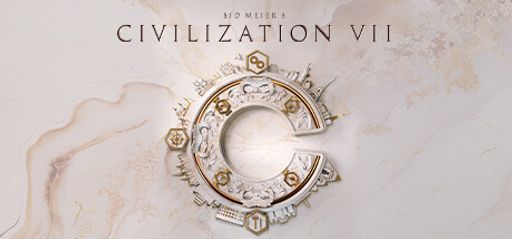As a long-time strategy gamer, I was excited to try Sid Meier’s Civilization VII. Being a fan of empire-building games, I had high hopes for this new release. After many hours of gameplay, I have mixed feelings. The game impresses with its visuals and new ideas, but it struggles with gameplay and key features that fans expect.
Beautiful Visuals and Detailed Design
Civilization VII immediately stands out with its high-quality graphics and attention to detail. Every tile, building detail, and animation adds to the game’s look. The game blends historical design with modern style to create a look that feels both grand and mysterious. The music fits many scenes well, though I missed classic tunes like Baba Yetu. Some visual elements, however, do not meet the mark, which affects the overall experience.
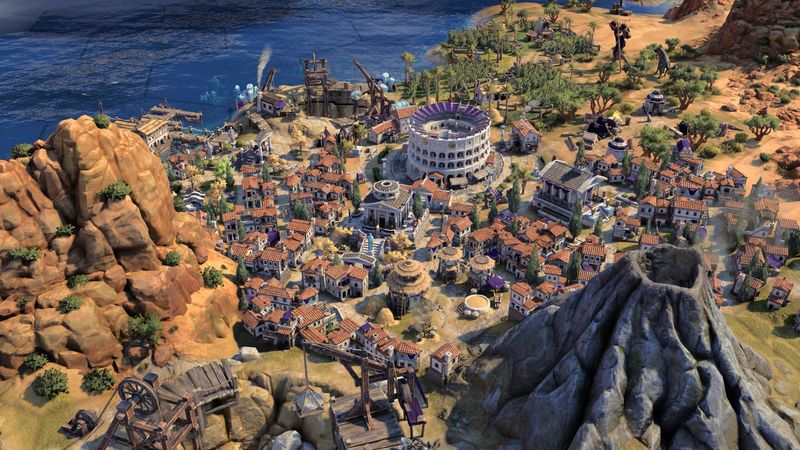
Innovative Gameplay Mechanics with Flaws
Civilization VII introduces an ambitious system where each era ends with a distinct finish line and decisions in one age shape your civilization’s transformation in the next. For players who thrive on the interplay between strategy and tactics, this concept entices. Military commanders reinvigorate combat scenarios by easing the micromanagement often tied to large-scale battles, allowing for more dynamic battlefield strategies. The game mirrors innovative elements from competitive titles, and I experienced genuine tactical satisfaction during these encounters.
Yet, these moments reveal the game’s flaws. The transition between eras abruptly resets progress, punishing players quantitatively. For example, removing or significantly altering buildings, units, and mechanics creates a discontinuity that breaks the rhythm of an immersive campaign. The cyclical “reset” method, which should level the playing field as you advance, instead undercuts the long-term strategic development that defined earlier Civilization titles.
Economic Innovations Overshadowed by Omissions
I appreciated the new economic interplay—towns boost food yield to connected cities while production augments gold income. This mechanic adds an interesting layer to mid-game strategies, especially when planning early specialist builds during Antiquity. However, glaring omissions overshadow these innovations. The game notably strips out essential features like an auto explore function, a research queue, and an expanded map mode. In a genre that thrives on strategic depth and real-time details, these missing functionalities prove hard to forgive.
Modern-era mechanics for economic, science, and cultural victories feel incomplete or hastily implemented. Economic victories now require constructing rail stations and factories with negligible impact, while science and cultural victories reduce to detached, icon-driven tasks that lack rich interactivity. In contrast, military victory—centered around the bizarre notion of “Operation Ivy”—demands a display of nuclear prowess but still feels unsatisfying and underdeveloped. In its rush to innovate, the game sacrifices several beloved elements of the franchise, leaving veteran players like me yearning for the multifaceted gameplay of past iterations.
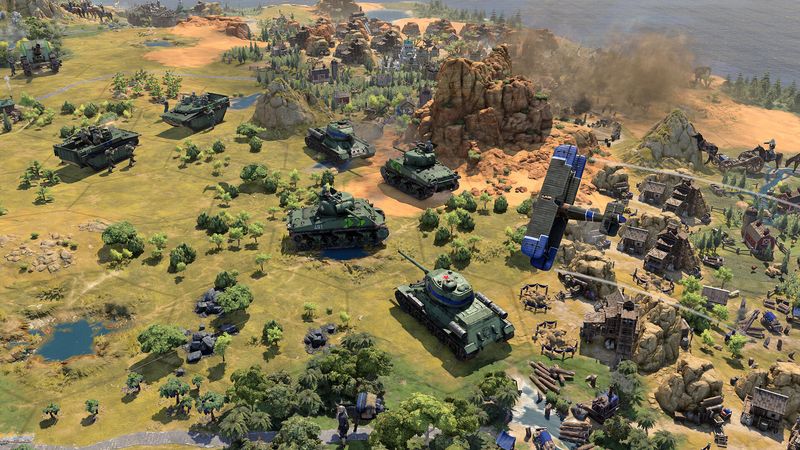
Mixed Storytelling and Presentation
Civilization VII treats its story and characters, essential to its identity, with mixed results. The franchise once imbued each civilization with a unique narrative flavor—from distinctive leaders to culturally resonant imagery. Although this installment adorns civilizations with unique buildings, units, and architecture, it dilutes the character dynamics. Instead of driving a strong narrative, the game focuses on unlocking optional bonuses and flavor rewards through era achievements. While intriguing in theory, this structure creates a disjointed narrative arc. Deep lore and immersive world-building now give way to systemic milestones and achievement notifications—a significant departure from what longtime fans cherish.
The user interface and overall presentation also contribute to an incomplete experience. Although the visual style catches the eye, the UI feels cluttered and lacks critical tools like detailed maps, intuitive tables, or simple alerts about city developments. In heated moments, a quick glance to check on your cities—or even the ability to rename them—could ease frustration. Unfortunately, the game fails to provide end-of-era summaries like points, victory conditions, or an event log, stripping away the celebratory closure after long, hard-fought battles.
Soundtrack and Replayability
Sound and music remain one of Civilization VII’s strong points. New tracks match the modern aesthetic, but departing from classic compositions reminds us that the game neglects some legendary pieces. Nevertheless, the rich auditory background—from the subtle crescendo of a well-timed battle to the ambient soundscapes of thriving cities and orchestral swells during key events—creates an immersive environment. The limited option to revert to classic pieces, however, feels like a concession that sidelines rather than celebrates the franchise’s legacy.
Civilization VII offers a difficulty and replayability spectrum that feels both inviting and daunting. Early in my sessions, unlocked specialists and tactical military advancements added a refreshing layer of complexity for hardcore players. I enjoyed navigating fractal maps with a blend of exploration and consolidation. Unfortunately, the resets between eras and stripped-down features diminish the allure of longer campaigns, making me question the game’s replay value. While newcomers might appreciate the streamlined model, seasoned strategists like myself may soon tire of the half-finished mechanics.
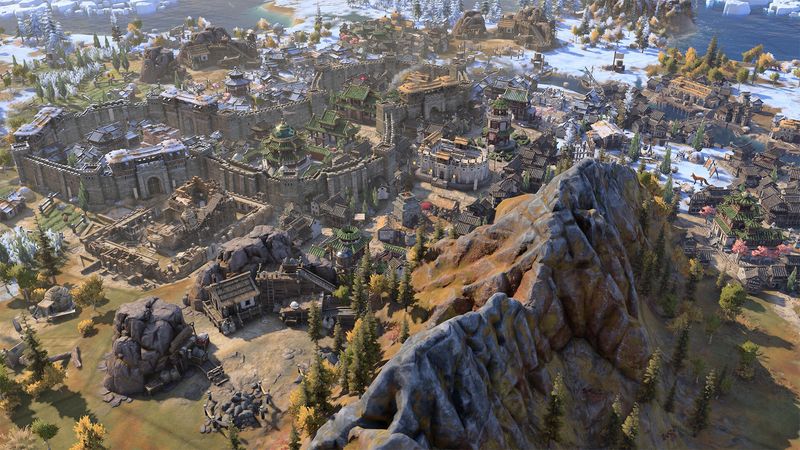
Final Thoughts
From my extensive playtime and community feedback, Civilization VII stands at a crossroads: it either evolves a monumental franchise or remains a hastily assembled skeleton awaiting additional content. Released on February 10, 2025, the game boasts impressive visual artistry and hints at innovative gameplay mechanics, but a rushed implementation of core features undermines these strengths. Lofty ambitions clash with incomplete mechanics, creating an experience that both engages and frustrates.
In conclusion, Civilization VII tells a tale of two halves—a visually magnificent experience that falters under its ambitious design choices. The battle systems and economic innovations deliver fleeting brilliance, yet missing functionalities, incomplete modern-era systems, and a cluttered UI compromise long-term gameplay. For longtime Civilization fans, I recommend a cautious approach. If you value a complete and refined strategy experience, wait for future expansions or updates. On my scale, I rate Civilization VII 2.5 out of 5 stars. It shows promise and hints at a transformative strategy title, but until it revisits its missing pieces, it remains an unfinished gem that doesn’t shine as brightly as it could.
